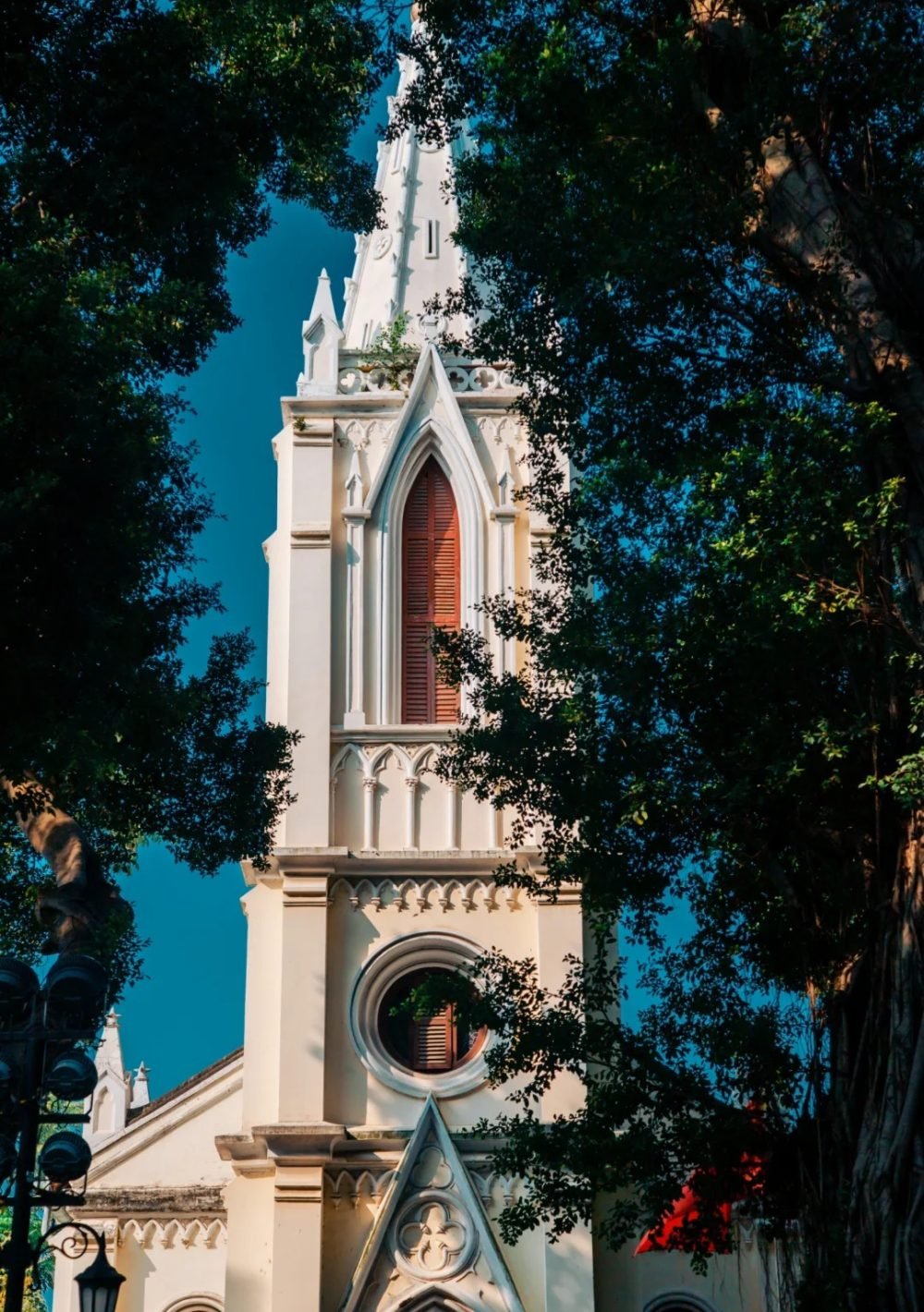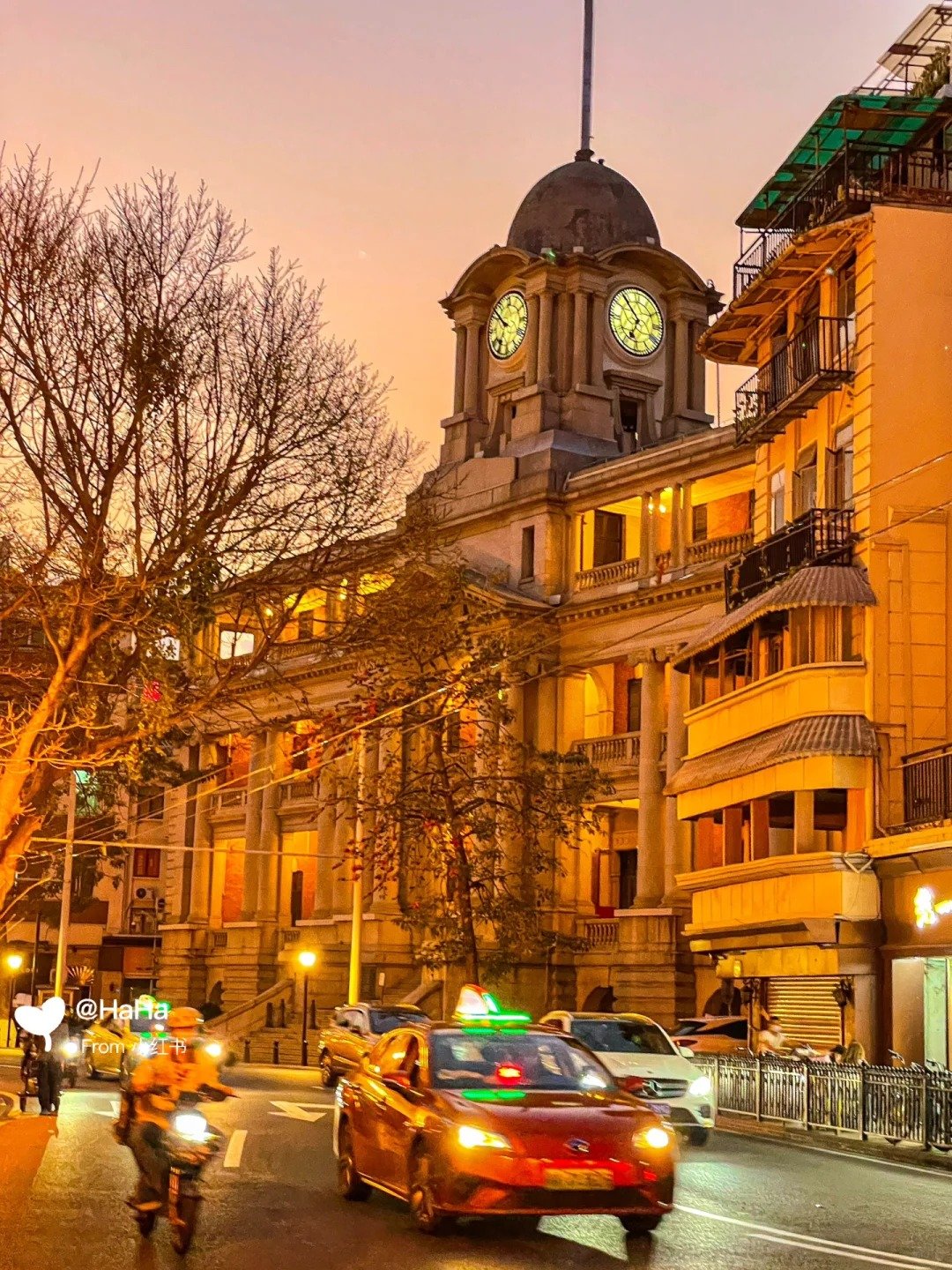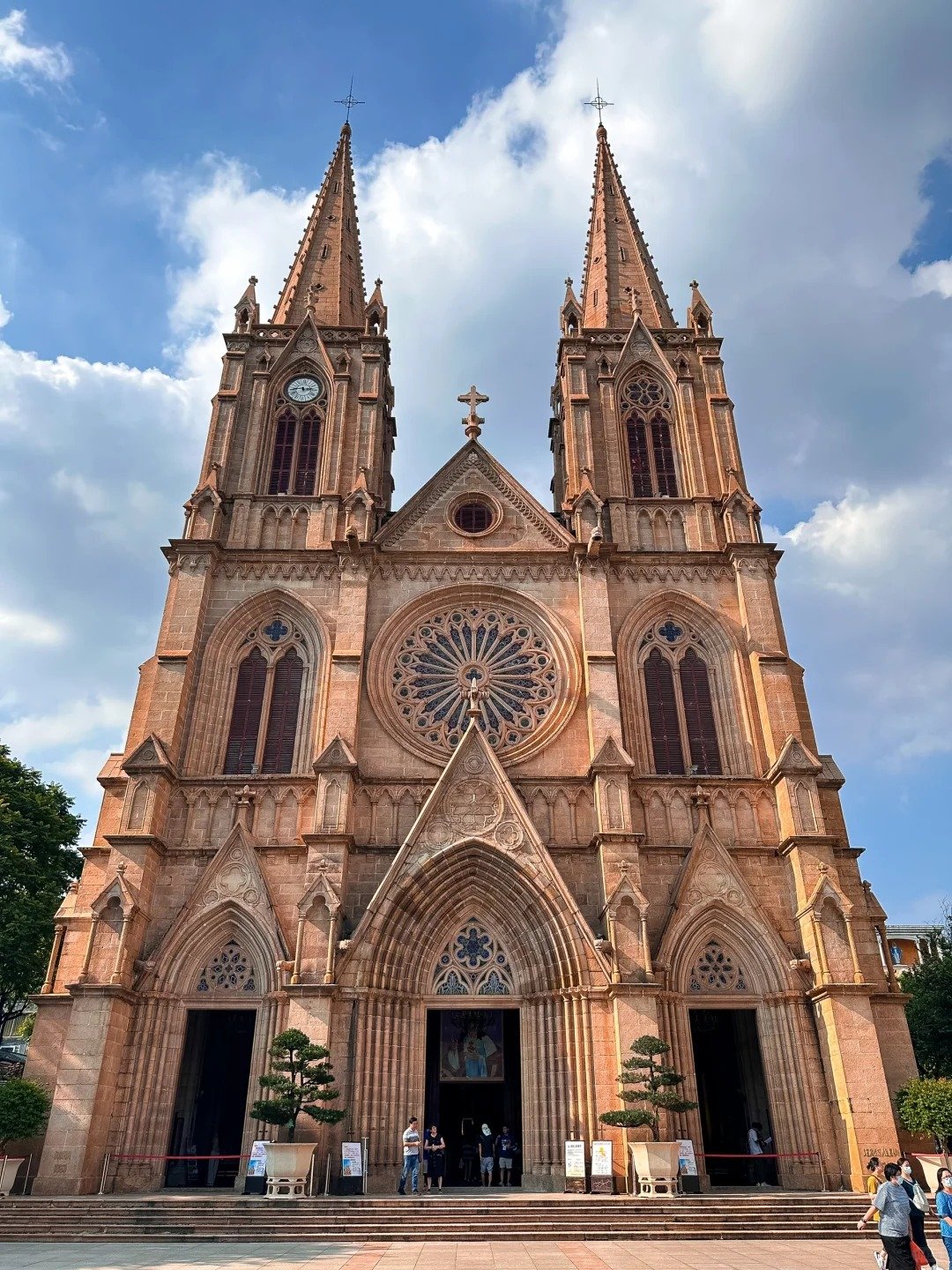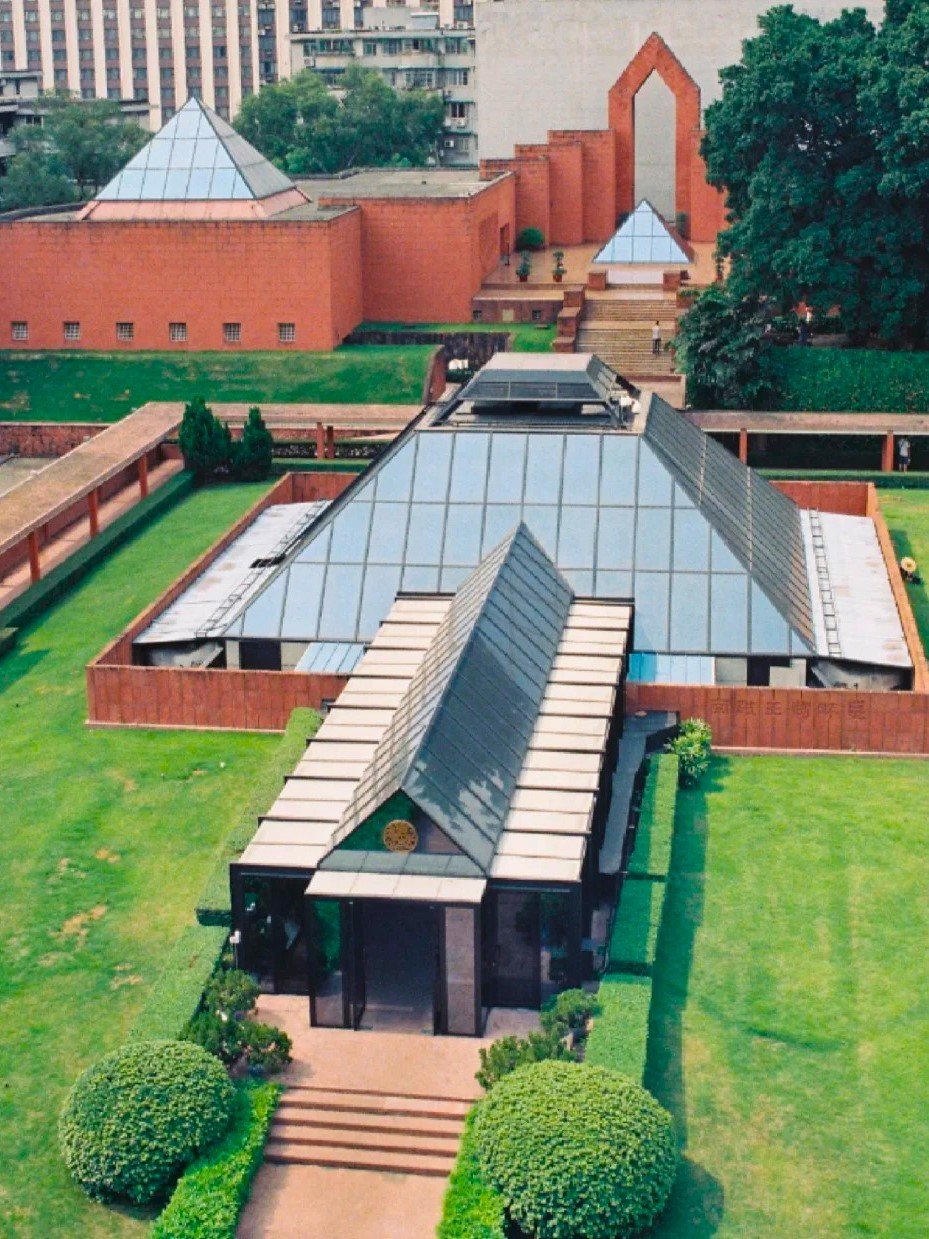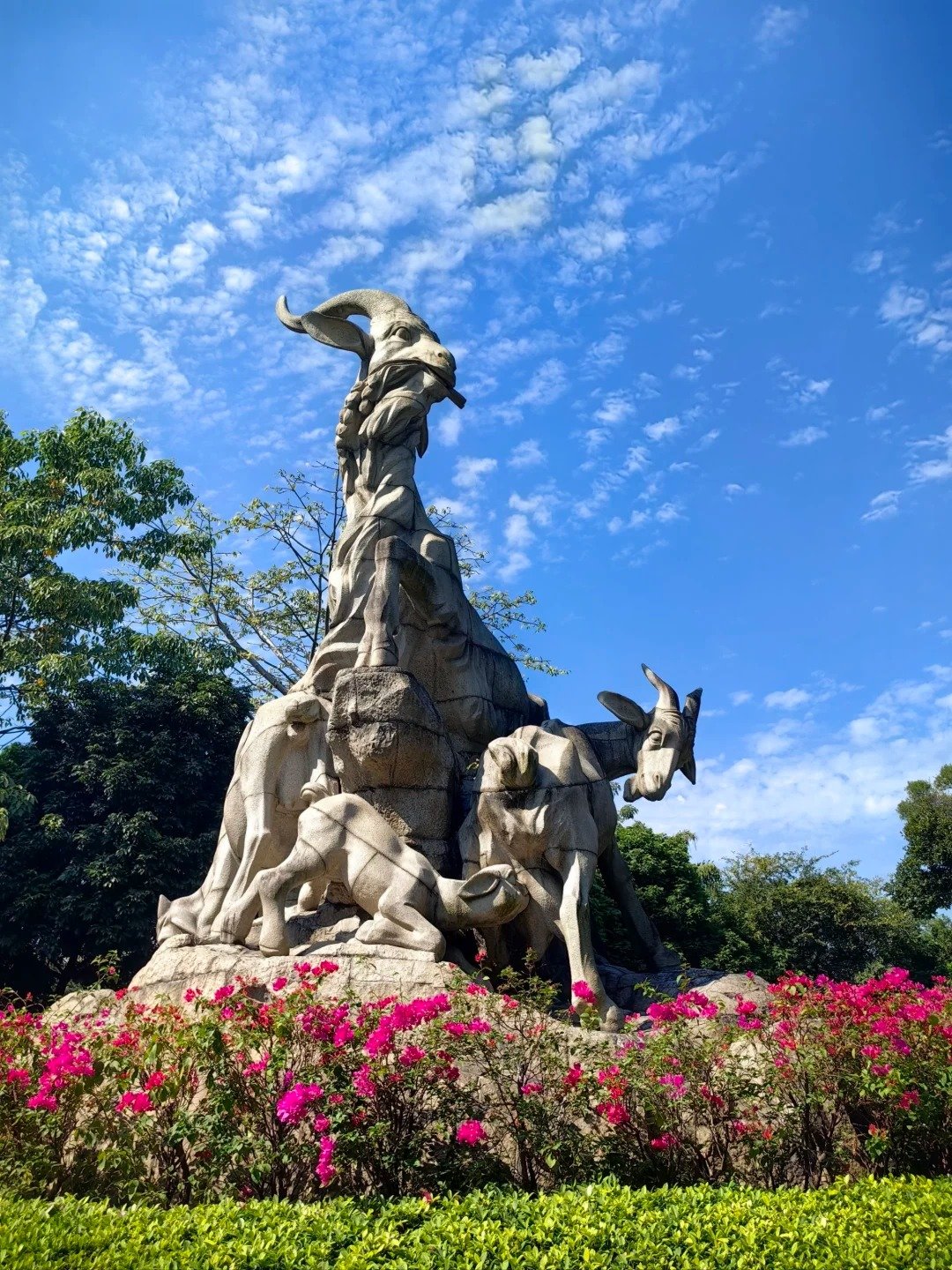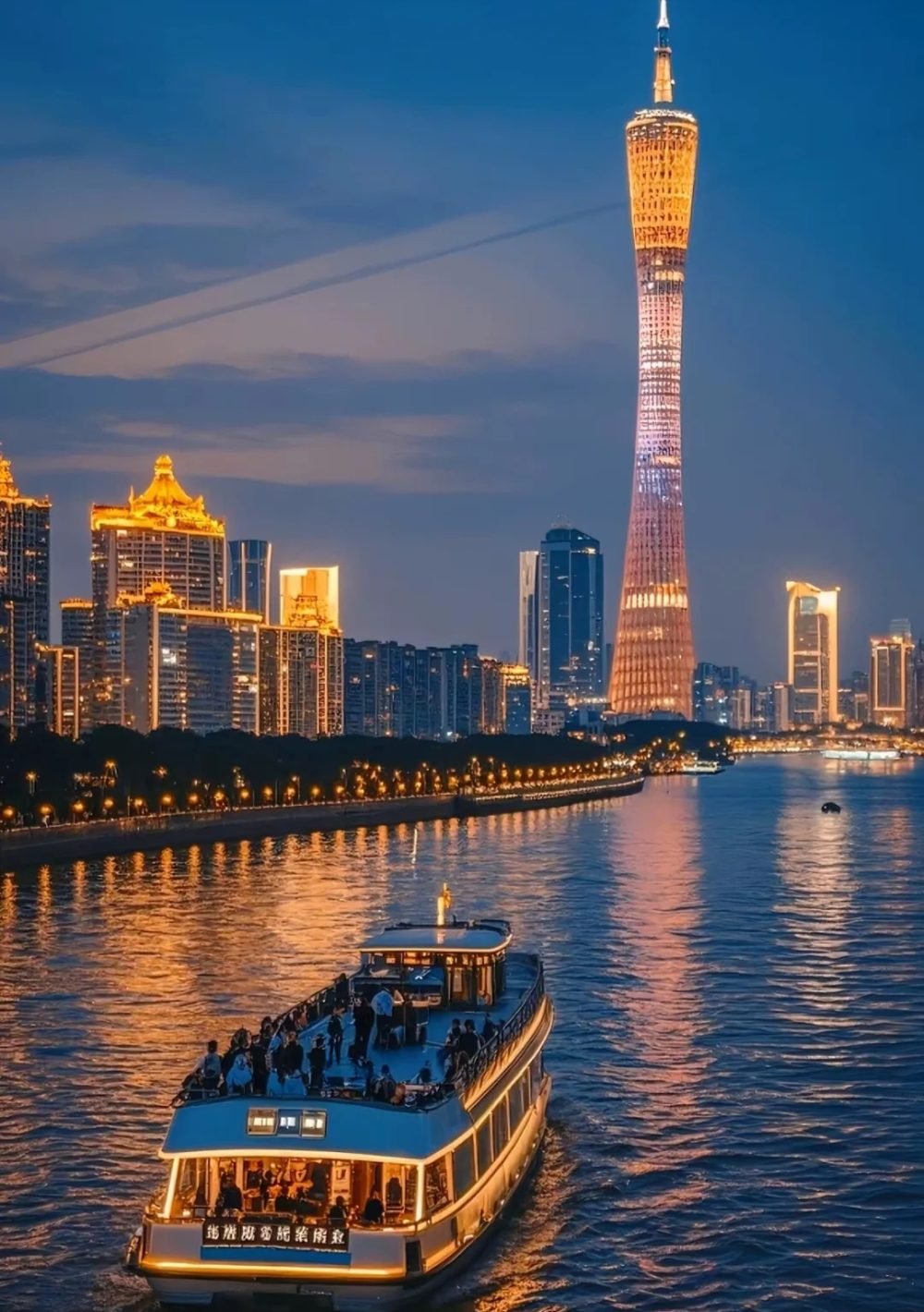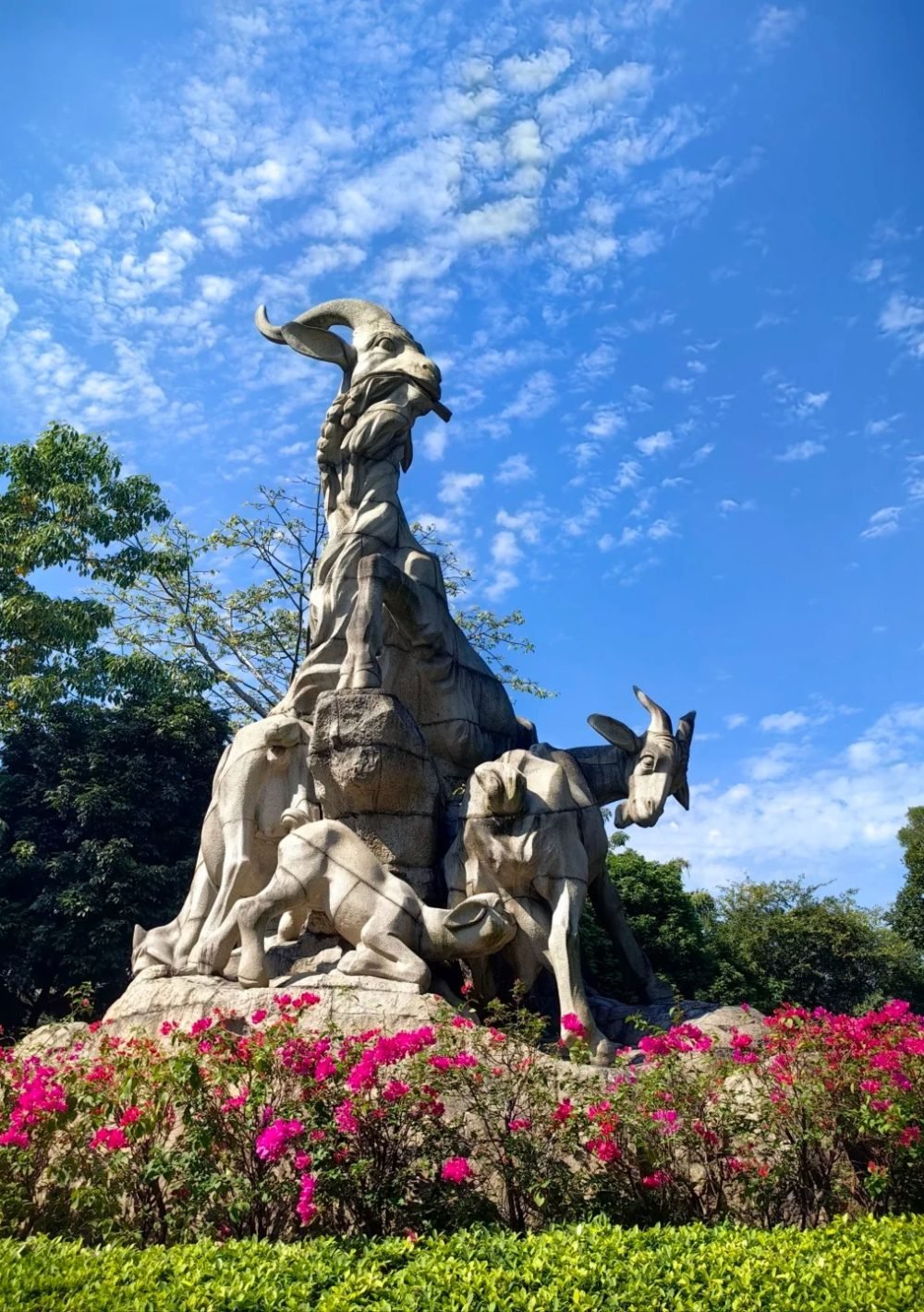
Time
1.5-2hours
Ticket
Included in the cost
Attribute
Architecture / History / Culture / Tradition / Shopping / Green /
Yuexiu Park
4.8

Introduction
Centered around the 600-meter “Slim Waist” Canton Tower, this 3-square-kilometer prime zone in Zhujiang New Town stands as South China’s most international central business district. Here, the Canton Tower and the East-West Twin Towers create the century-defining “three-tower spectacle over the Pearl River”, while 108 skyscraper clusters synchronize nightly to stage the world’s largest light symphony—redefining urban grandeur at its zenith.
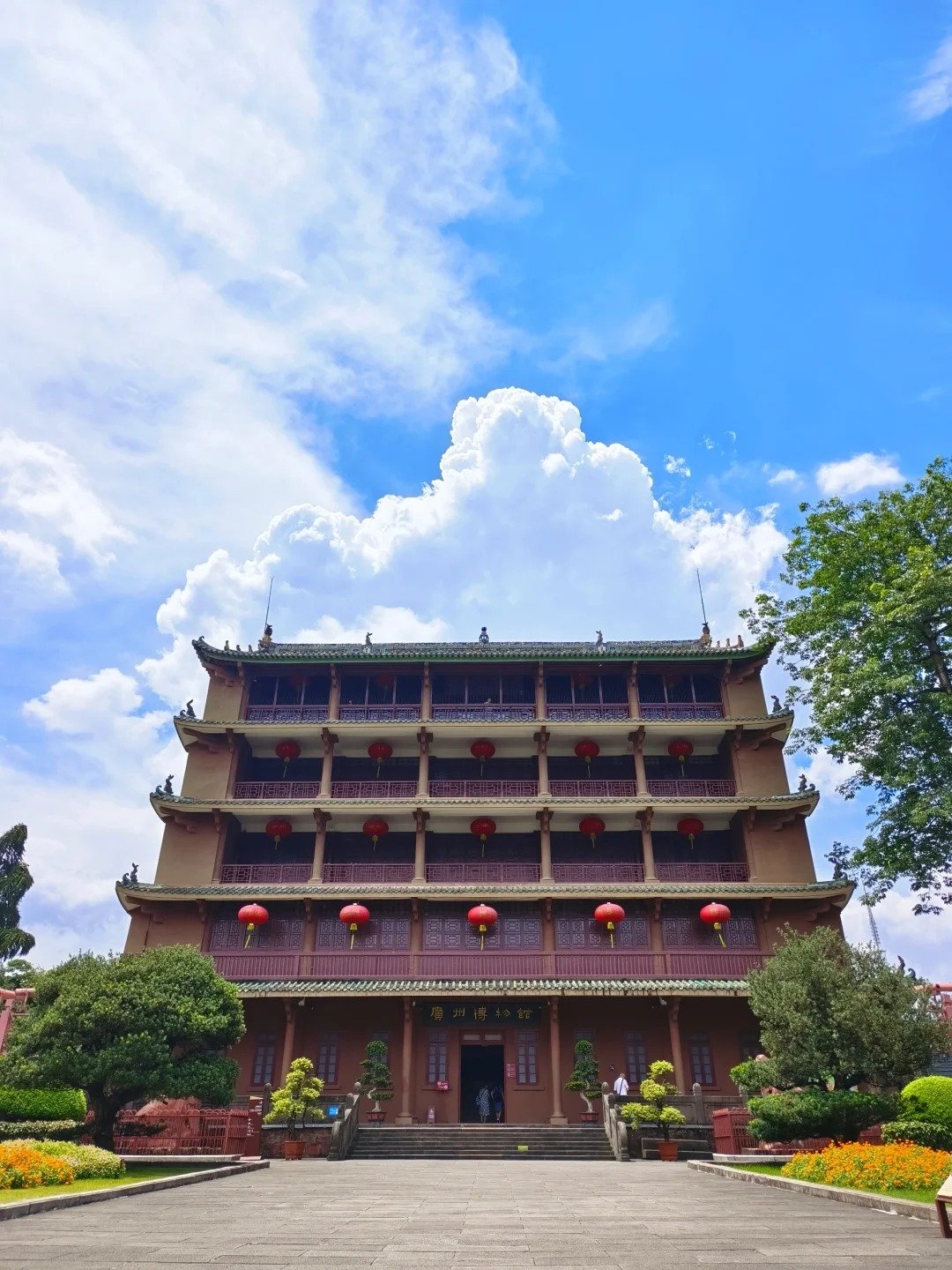
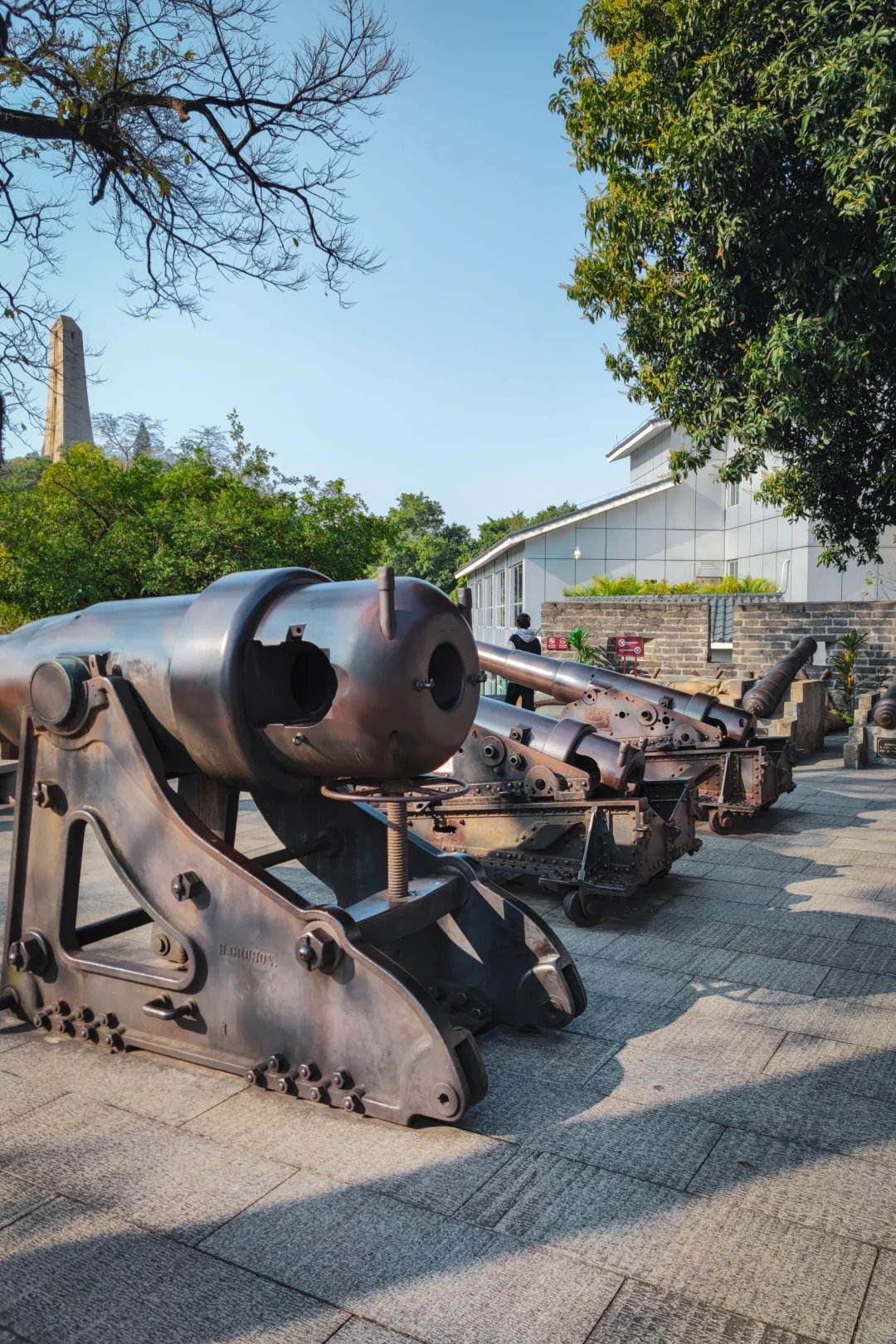
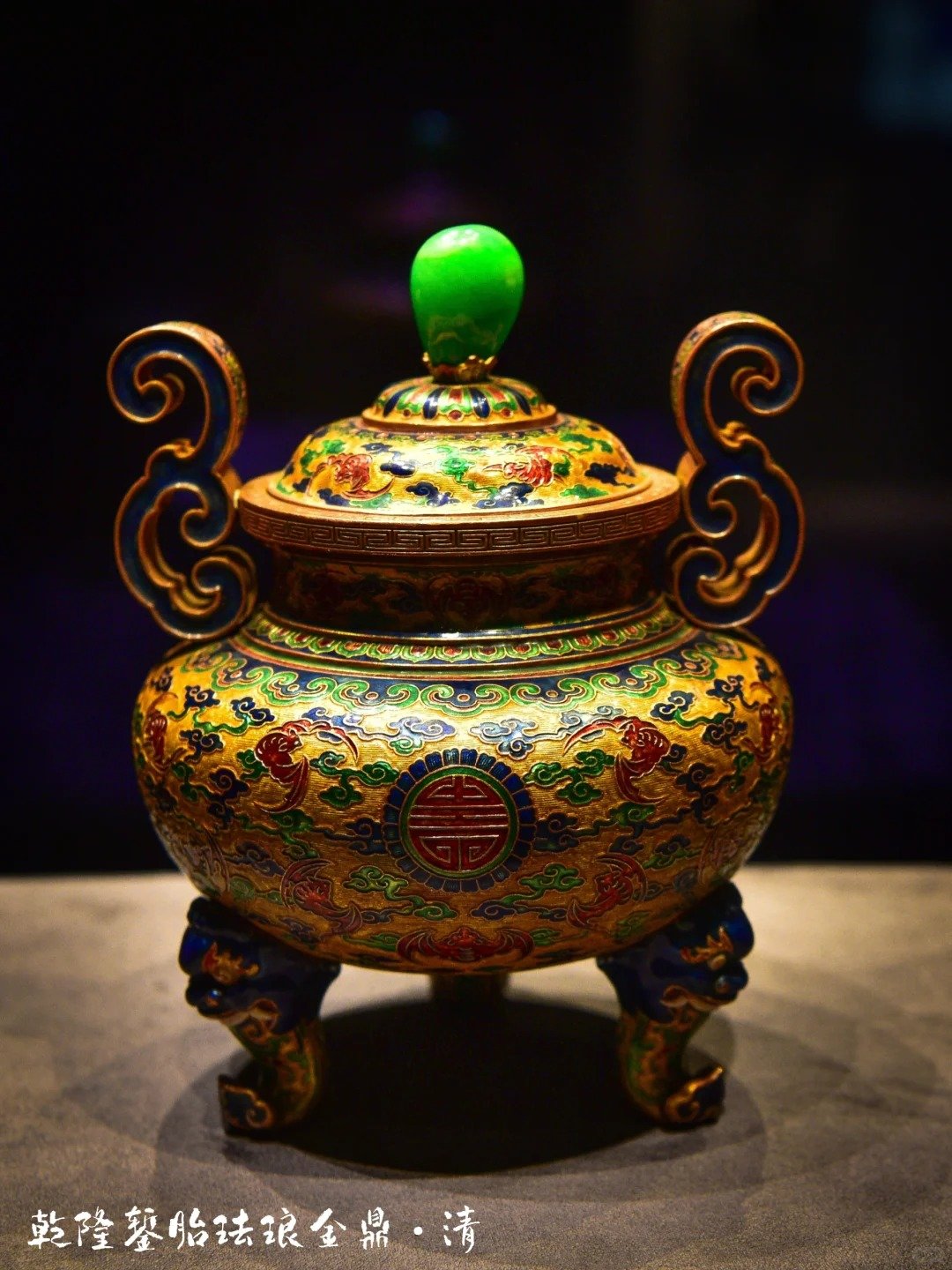
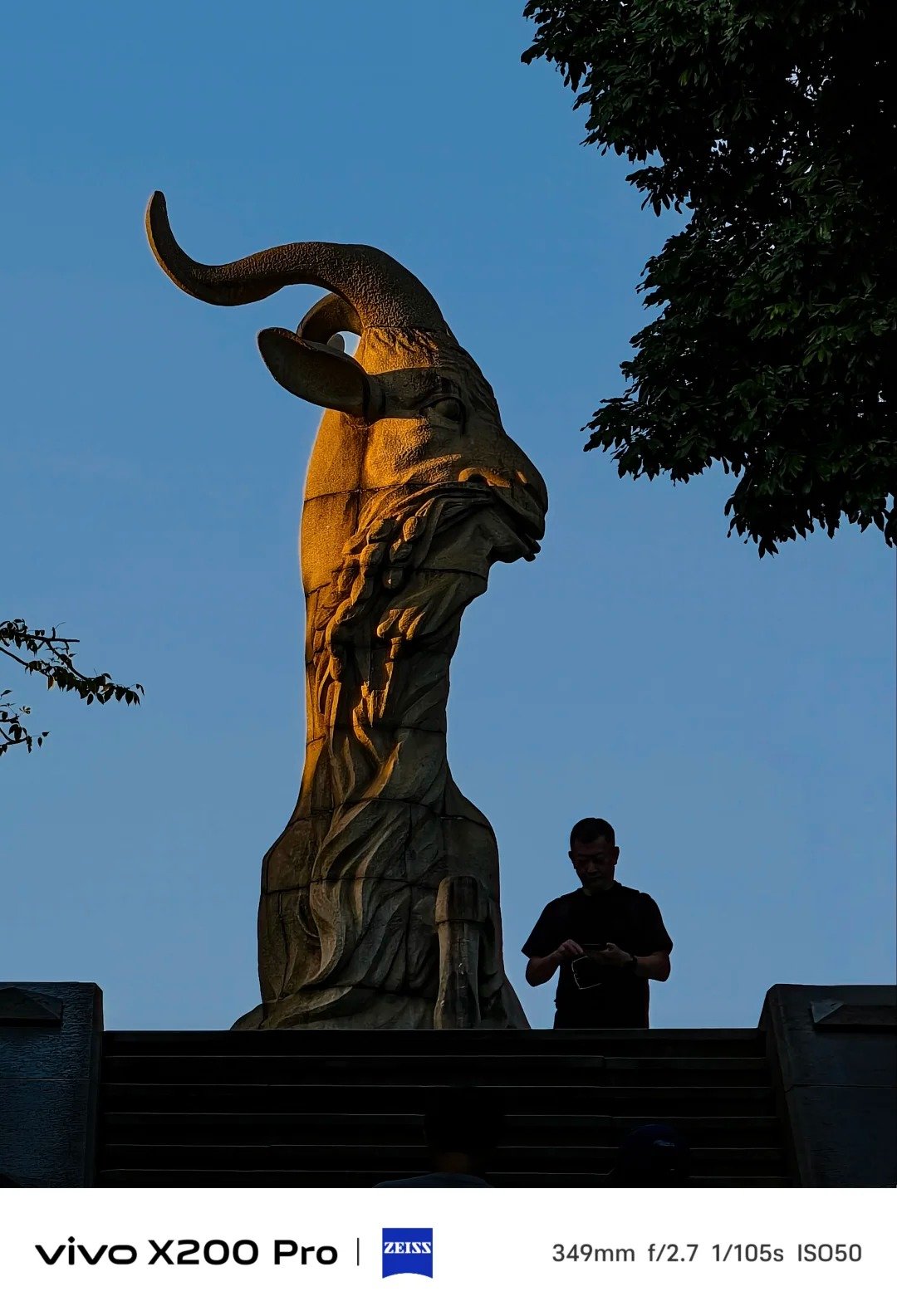
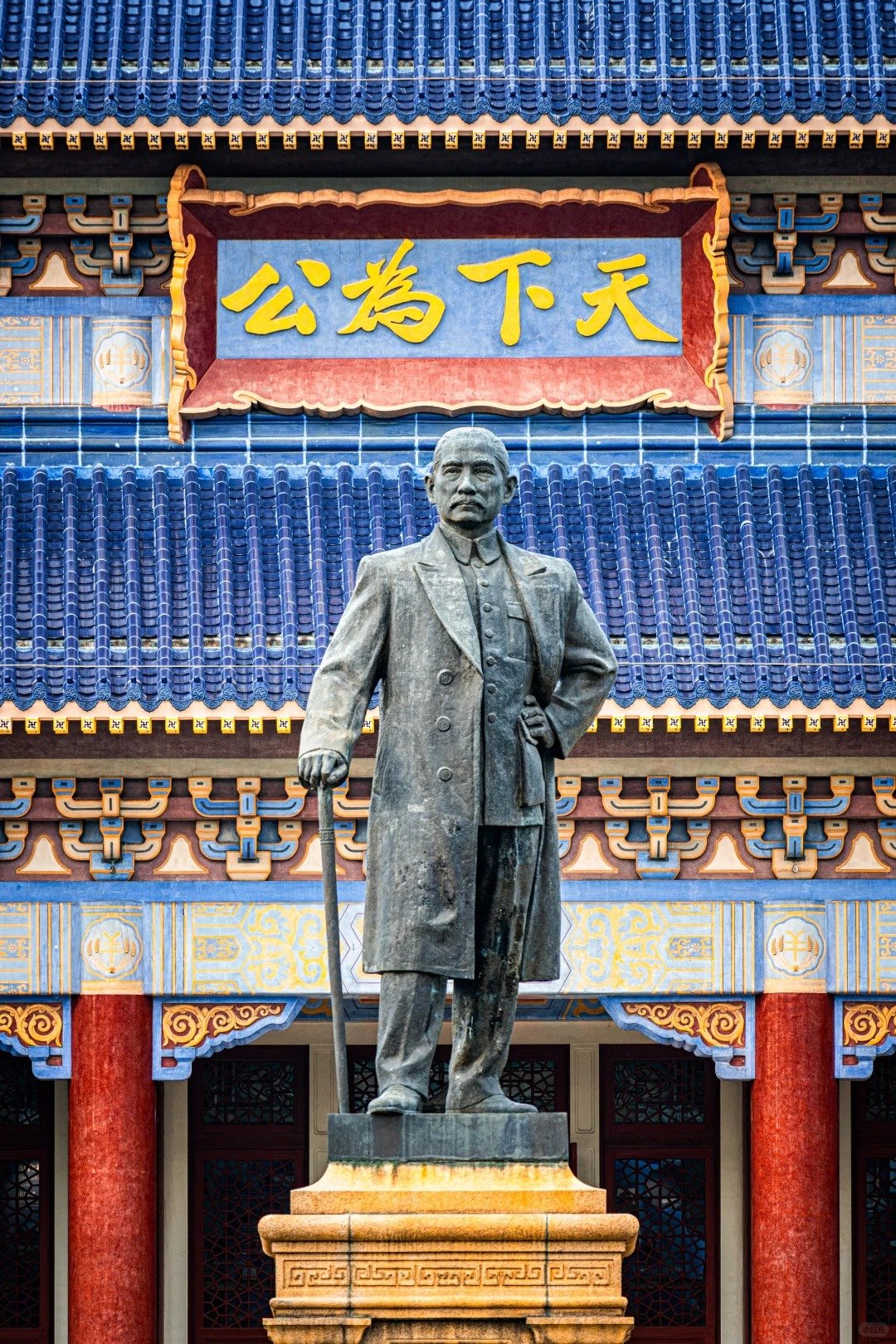
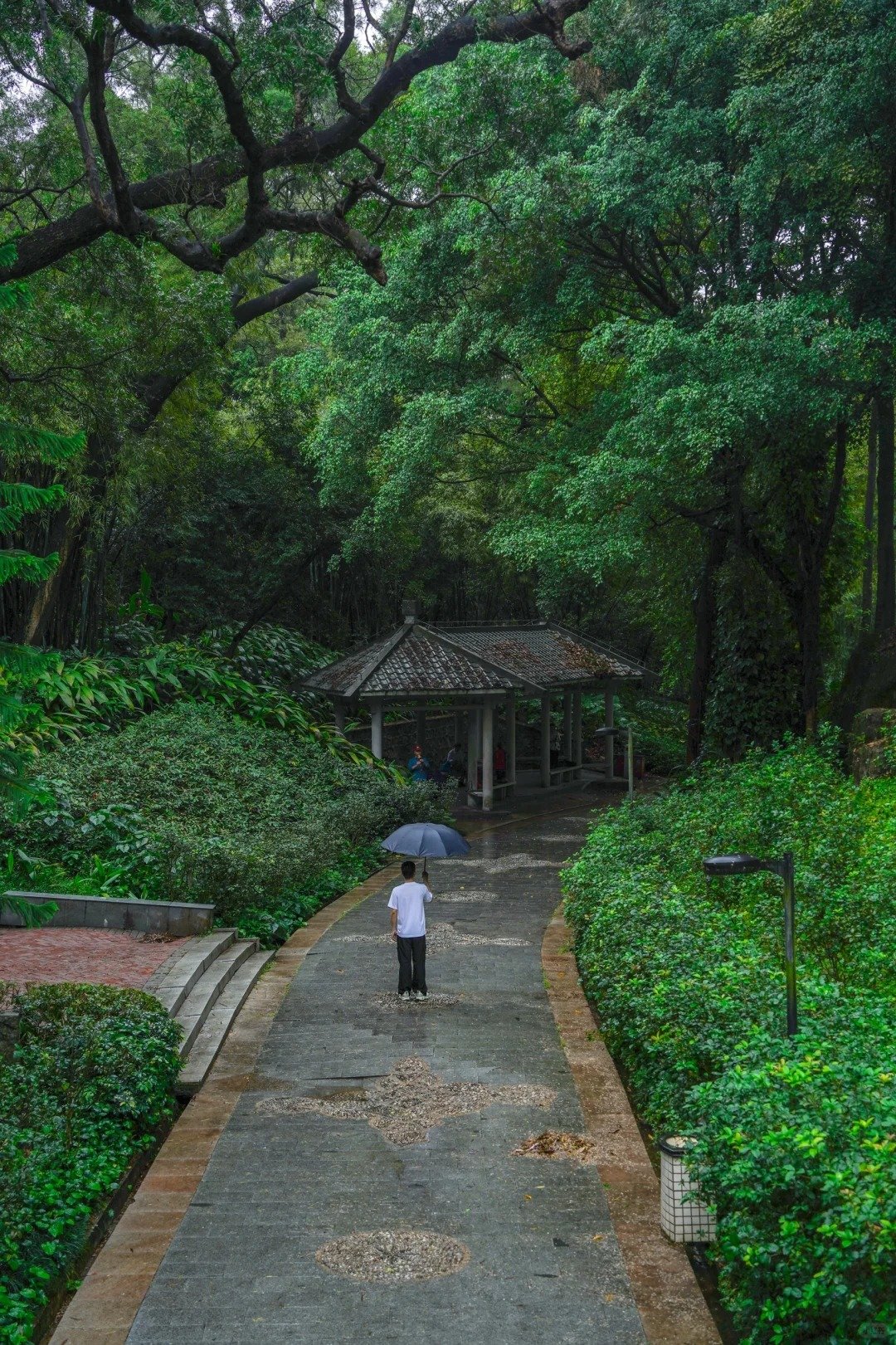
Full-day tour
8-10 hours
Lowest price
160¥ / per
Guangzhou urban culture one-day tour
Choose to understand site information
Park environment
The architecture and vegetation of Yuexiu Park complement each other. The iconic stone sculpture of the Five Goats stands on the hillside, with five goats different poses, which is a symbol of Guangzhou city. The towering Sea-Suppressing Tower from the Ming Dynasty stands majestically, with a fivestory pavilion in a rectangular shape, featuring blue bricks and grey tiles exuding an ancient charm, and now serves as a museum. There is also the simple Sun Yatsen Memorial Pillar, which shoots straight into the sky in the shape of a square column.
The vegetation in Yuexiu Park is full of Lingnan style, with large banyan trees hanging their roots like curtains, red kap flowers blooming in late spring, palm trees stretching their pinnate leaves, and red flowers of the royal family and flame trees setting off the colors of the four seasons. Theines are entangled in the woods, and ferns are everywhere, like a natural green maze.
The Yuexiu Lake is rippled with green waves, with willows leaning against the shore, and occasionally a boat glides over the water. Sur by green plants, you can see egrets skimming the water in the early morning, and in the afternoon, locals often go fishing and walking by the lake. It is only the green lung of the city but also an excellent place to feel the natural atmosphere of Lingnan, allowing you to find a piece of tranquility in the bustling city
The origin of Shengcheng
The sculpture of the five rams is the city’s emblem of Guangzhou, towering on the Mucao Hill in Yuexiu. This 11-meter-high stone sculpture, created by artist Yin Jichang, was completed in 1959. It is not only a of art, but also carries the yearning of Guangzhou people for harvest and peace. Come here for a check-in, and you will understand why Guangzhou is “Ram City” and feel the cultural roots of this city.
The sculpture depicts a beautiful legend: five immortals in the form of sheep descended upon Guangzhou with rice ears in their mouths, bestowing them upon people before turning into stone statues. Since then, Guangzhou has been known as the prosperous “Sheep City.” In the sculpture, the mother sheep stands with her head high, gazing into the distance, surrounded by four lambs, some frolicking and others grazing, their poses vivid and full of tenderness.
The Ming Great Wall
in Yuexiu Park is not the actual Ming Dynasty wall, but a section of a scenic replica built in the 990s inspired by the northern Ming Great Wall. The wall winds along the ridgeline of Yuexiu Mountain, constructed with bricks and stones and watchtowers, crenels, and other elements that emulate the classic design of the Ming Great Wall. Although devoid of historical charm, it allows visitors to experience the grand of the Great Wall within a city in southern China.
Sun Yat-sen Memorial Hall
The Sun Yat-sen Memorial Hall, located next to Yuexiu Park, is a landmark building dedicated to the memory of Dr. Sun Y-sen. Completed in 1931, it was designed by architect Lü Yanzhí, blending Chinese and Western styles — an octagonal palace-style roof in precious blue glazed tiles, exuding a solemn and majestic atmosphere; the reinforced concrete structure adds a modern touch.
The hall is free from obstructing columns offering 3,000-plus seats with unobstructed views and a beautifully painted dome. Outside, there’s an open square with a towering bronze statue Sun Yat-sen, gazing into the distance with a resolute expression.
It was once an important venue for gatherings and now serves as a cultural landmark in Guzhou. Strolling through it allows one to appreciate the architectural beauty and understand the profound connection between this great revolutionary and the city of Guangzhou.
Zhenhai Tower
The Zhenhai Tower in Yuexiu Park is a landmark ancient building in Guangzhou. It was built in the Ming Dynasty, with height of 28 meters and five floors. It is named for its majestic presence at the seaside, with its red walls and green tiles towering over the mountain top exuding an air of grandeur.
From the tower, one can take in the scenery of the entire city. It is said to be the location of the dragon’s head of the southern China region the cultural relics inside tell the story of the rise and fall of Guangzhou as a port city, making it a must-visit place to understand the historical context of Guzhou.
The Zhenhai Tower at the peak of Yuexiu Mountain has stood for six hundred years with its red walls and green tiles; in the distance the 600-meter-tall Guangzhou Tower (also known as the “Little Waist”) pierces the sky at the edge of the Pearl River. juxtaposition of these two landmarks, one ancient and the other modern, one solid and the other dynamic, across the city forms a symbolic scene of Guangzhou’s dialogue.
It is now the core exhibition area of the Guangzhou Museum, which houses cultural relics from the Pre-Qin to the Ming and Qingynasties. You can see the pottery of the Nanyue Kingdom, the export porcelain of the Ming and Qing dynasties, and the exhibition of Guangzhou’s trade, systematically showing the history of Guangzhou as a city for more than two thousand years.
The rich collection of the Zhenhai Tower in Yuexiu Park, also known as the Guangzhou Museum, recounts the history of Guzhou. On the first floor, you can see a Qing dynasty city sand table showcasing the millennium changes of Guangzhou’s riverbank. On the second floor, from the Pre-Qin to the Han dynasty, such as the clay figurine seat lamp unearthed from the Han Tomb in Guangzhou, are on display, bearing witness to the life at that time.

